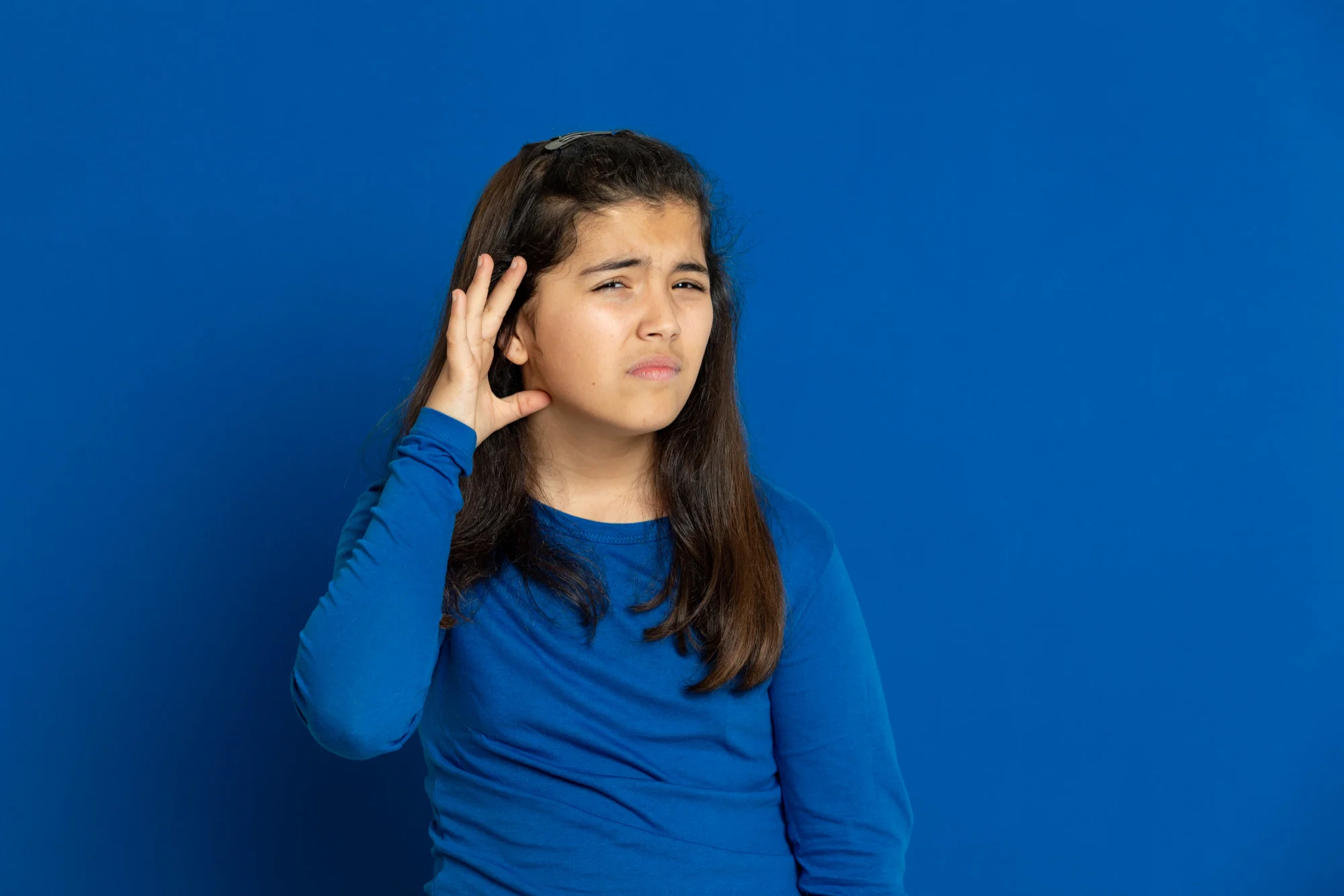Keywords
1. Auditory Disorder Diagnosis
2. Machine Learning in Audiology
3. Multi-View Brain Networks
4. EEG-based Diagnostics
5. Ensemble Learning Techniques
Auditory impairments such as deafness and tinnitus can tremendously affect individuals’ quality of life. Proper classification and early detection are instrumental in setting the course for effective treatment. A team led by researchers from Luxor University, Sohag University, and Taibah University has made a monumental stride in the diagnosis of auditory disorders through the innovative integration of Multi-View Brain Networks and machine learning algorithms. Published in Brain Informatics, this study showcases the potential of this novel method in revolutionizing the field of audiology, promising enhanced patient outcomes and overall quality of care.
Novel Diagnostic Modeling Through EEG
The study presents a pioneering approach by using Multi-View Brain Network data obtained from three unique cohorts: 51 individuals with deafness, 54 suffering from tinnitus, and 42 normal controls. Through the use of Electroencephalogram (EEG) recordings focused on 70 electrodes keyed to 10 regions of interest, the researchers gathered a rich dataset forming the backbone of their analysis.
Cutting-edge Data Integration and Analysis
By employing Principal Component Analysis (PCA), the research team tackled the intricacies of high-dimensional brain connectivity data, streamlining it to boost interpretability. This refined data was then synergistically integrated with advanced machine learning algorithms to evaluate and discern auditory impairments effectively.
Ensemble Learning Techniques Elevate Performance
In their arsenal of analytical techniques, the researchers included an ensemble of machine learning methods: Random Forest, Extra Trees, Gradient Boosting, and CatBoost. The diagnostic performance of these models underwent scrutiny across various metrics such as Cross-Validation Accuracy (CVA), precision, recall, F1-score, Kappa, and Matthews Correlation Coefficient (MCC).
Robust and Reliable Results
The models demonstrated not only statistical significance but also reliability and robustness in diagnosing auditory disorders. High Kappa and MCC values underscored the effectiveness of these methods. Such promising results underline the potential of machine learning in enhancing early detection and enabling personalized treatment plans.
Translational Impact on Clinical Practice
Representing a significant leap in the merger of audiology, neuroimaging, and machine learning, this research comes as a testament to the transformative implications of technologies in clinical practice and patient care. A robust, efficient classification method is within reach, setting the stage for responding to the pressing challenges faced in treating auditory disorders.
Paving the Way for Future Innovations
As the authors state, “This research is a testament to the power of collaboration between disciplines. The intersection of cutting-edge neuroimaging techniques and machine learning provides us with an unprecedented lens to understand and intervene in auditory impairments.” With the DOI 10.1186/s40708-023-00214-7 and no contending interests, this study serves as a beacon for future exploration and innovation.
References Cited in the Study
1. Henry JA, Reavis KM, et al. Tinnitus: an epidemiologic perspective. Otolaryngol Clin N Am. 2020;53(4):481–499. DOI: 10.1016/j.otc.2020.03.002.
2. Chadha S, Kamenov K, et al. The world report on hearing, 2021. Bull World Health Organ. 2021;99(4):242. DOI: 10.2471/BLT.21.285643.
3. Zhu Y, Li X, et al. Widespread plasticity of cognition-related brain networks in single-sided deafness revealed by randomized window-based dynamic functional connectivity. Med Image Anal. 2021;73:102163. DOI: 10.1016/j.media.2021.102163.
4. Singh A, Smith PF, et al. Targeting the limbic system: insights into its involvement in tinnitus. Int J Mol Sci. 2023;24(12):9889. DOI: 10.3390/ijms24129889.
5. Weisz N, Moratti S, et al. Tinnitus perception and distress is related to abnormal spontaneous brain activity as measured by magnetoencephalography. PLOS Med. 2005;2(6):153. DOI: 10.1371/journal.pmed.0020153.
The study underscores the synergistic power of blending human ingenuity with machine learning, while simultaneously calling for continuous innovation and exploration to build on the invaluable findings. It is a stepping stone to providing relief to countless individuals beset by the silent struggle of auditory disorders, and a testament to the relentless pursuit of advancement in the realm of medical technology.
Conclusion
With the potential to transform patient experiences and clinical outcomes, this research foreshadows a world where accurate, rapid, and reliable diagnostics for auditory impairments become the norm, not the exception. This study not only reflects the current state of technological prowess but also lays out a roadmap for prospective research, furthering our grasp on the complexity of human health through the lens of sophisticated computational models. The data-driven solutions emanating from this study are poised to significantly normalize the lives of those touched by auditory disorders, making it a monumental study in the evolution of medical diagnostics.
